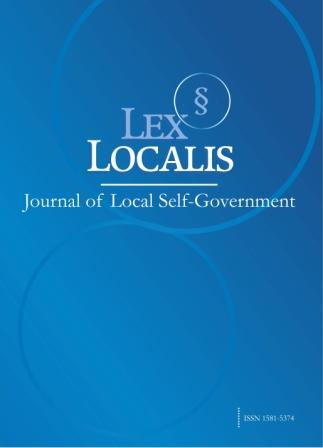SOCIAL COHESION AND THE ROLE OF LOCAL GOVERNMENTS IN FOSTERING INCLUSIVE COMMUNITIES AND BRIDGING SOCIAL GAPS
DOI:
https://doi.org/10.52152/Keywords:
• Social Cohesion • Local Governments • Inclusive Communities • Bridging Social Gaps • Community Engagement • Social Integration • Political Participation • Multi-Cultural PlatformsAbstract
This paper explores the role of local governments in promoting social cohesion and addressing social gaps within communities. As cities become increasingly diverse, the role of local governments in fostering inclusive communities is more crucial than ever. Local authorities are tasked with the responsibility of ensuring that all citizens, regardless of their socio-economic, ethnic, or cultural backgrounds, have access to equal opportunities and a voice in decision-making processes. This paper investigates the strategies employed by local governments to bridge social gaps and foster a cohesive, inclusive environment. Through a qualitative approach, including interviews with local government officials and community leaders, the study identifies successful initiatives, challenges faced by local governments, and the barriers that hinder full community integration. The research reveals the importance of community-based initiatives, inclusive policy-making, and the need for multi-cultural platforms for facilitating active participation. The paper emphasizes that while significant progress has been made, there is still a need for comprehensive policy reforms to ensure that the benefits of social cohesion are fully realized. Further research is required to assess the long-term impact of these strategies and their adaptability in different political and cultural contexts.
Downloads
Published
Issue
Section
License
Copyright (c) 2025 Lex localis - Journal of Local Self-Government

This work is licensed under a Creative Commons Attribution-NonCommercial-NoDerivatives 4.0 International License.








